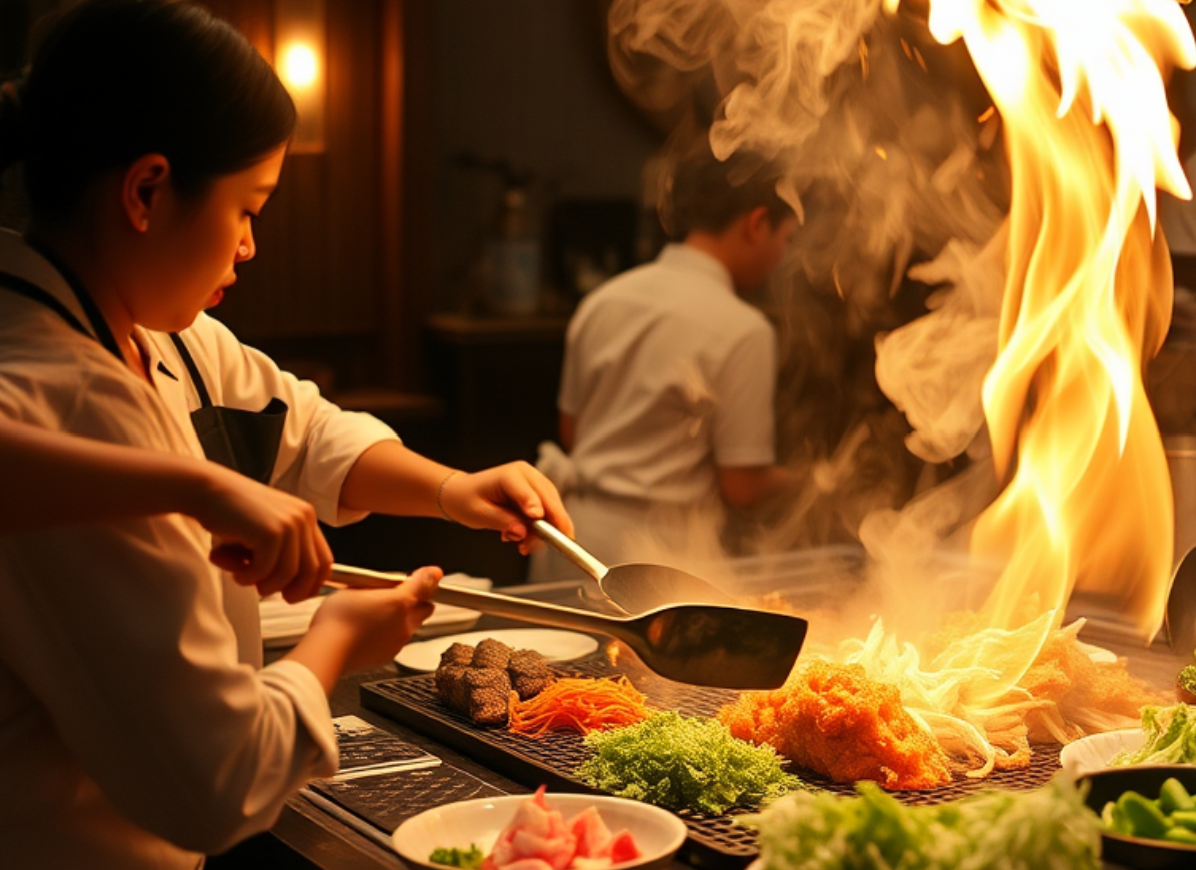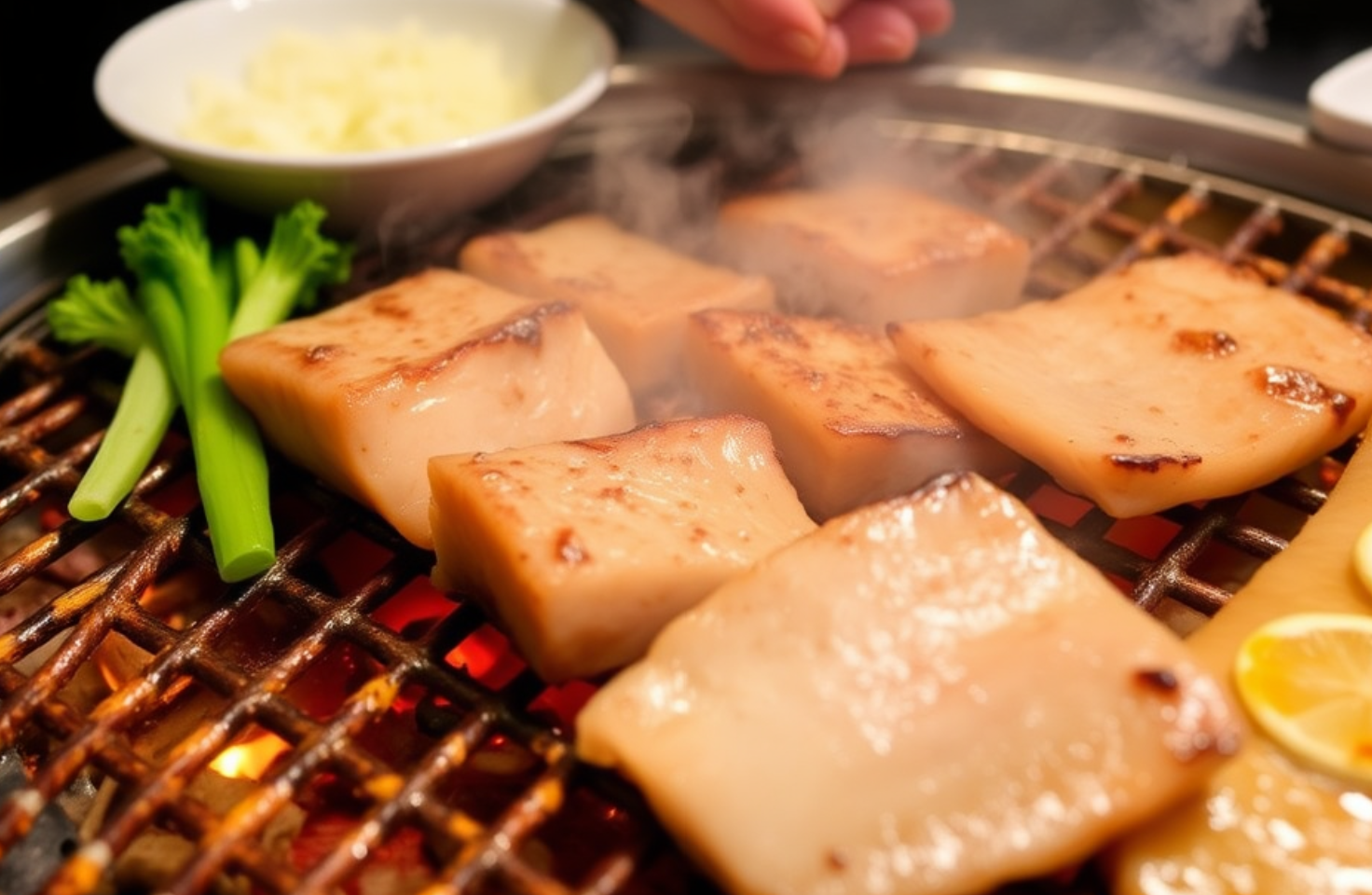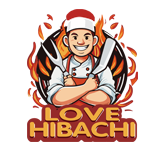The Sizzle and the Secret: Why Does Hibachi Grill Food Taste So Unique?
Walk into any hibachi restaurant, and you're met with a symphony of sensations: the rhythmic clang of spatulas, the flare-ups of fire, the enticing aroma filling the air, and the sight of skilled chefs transforming simple ingredients into a delicious meal right before your eyes. But beyond the entertainment, there's that distinctive, mouthwatering Hibachi Flavor that hooks you. Whether it's the steak, shrimp, chicken, vegetables, or fried rice, everything cooked on that flat-top grill seems to possess a special magic. So, why hibachi tastes good – often uniquely better than similar dishes cooked at home?
It's not just one thing, but rather a combination of factors unique to the Teppanyaki Cooking style (the correct term for the flat iron griddle used in most Japanese steakhouses in the US, often called 'hibachi'). Let's break down the elements that contribute to that signature taste.

1. Extreme Heat and the Maillard Reaction
The star of the show, the teppanyaki griddle, is capable of reaching incredibly high temperatures, far hotter than most home stovetops or grills. This intense, direct heat does several crucial things:
Rapid Searing: It creates an instant sear on proteins and vegetables, locking in moisture and juices while developing a delicious crust.
Maillard Reaction: This chemical reaction between amino acids and reducing sugars gives browned food its distinctive flavor. The high heat of the griddle optimizes the Maillard reaction, creating deep, savory notes quickly.
Texture: Vegetables stay crisp-tender, not soggy, and meats remain juicy inside while getting that perfect exterior char.
2. Butter, Glorious Butter (and Garlic!)
If you watch closely, you'll notice hibachi chefs are very generous with butter. It's used throughout the cooking process – for searing proteins, sautéing vegetables, and especially in the fried rice. Butter adds richness, helps with browning, and carries flavor like nothing else. Coupled with ample amounts of fresh garlic, often sizzled in the butter or oil, it creates a foundational flavor profile that is simple yet profoundly delicious. This "hibachi butter garlic" combination is a cornerstone of the taste.
3. Soy Sauce Used Differently
While soy sauce is a key ingredient, it's often not just splashed on at the end. Chefs frequently add it to the hot griddle where it cooks down slightly, caramelizing and developing a deeper, more complex flavor than raw soy sauce. Some restaurants even use proprietary blends, perhaps thinning soy sauce with water, mirin, or sake, or using a house-made teriyaki-style sauce, applying it with squeeze bottles for even distribution during cooking.
4. The Well-Seasoned Griddle
Just like a beloved cast-iron skillet, a heavily used teppanyaki griddle develops a natural seasoning over time. The polymerization of oils and the countless meals cooked on its surface create a unique non-stick quality and can subtly contribute to the flavor profile of the food cooked upon it. Every scrape and sizzle adds to its history and character.
5. Simplicity and Freshness
Hibachi menus often feature simple, high-quality ingredients: fresh vegetables, tender cuts of meat, plump shrimp. There aren't usually heavy marinades or complex spice rubs obscuring the natural flavors. The rapid cooking process highlights the freshness of these components.
6. Technique and Speed
Hibachi chefs are masters of heat management and speed. They know precisely when to add ingredients, how to move them around the griddle for even cooking, and how long each component needs. This efficiency ensures everything is cooked perfectly and served immediately at its peak. The constant motion also prevents food from steaming, promoting that desirable sear.
7. The Finishing Touch: Dipping Sauces
While the food from the grill is flavorful on its own, the accompanying dipping sauces – typically the creamy Yum Yum sauce and the tangy Ginger sauce – elevate the experience. They add complementary flavors and textures, allowing diners to customize each bite.
In essence, the unique Hibachi Flavor isn't magic, but rather the result of extreme heat, specific techniques, generous use of simple flavor enhancers like butter and garlic, the way soy sauce is applied, and the freshness of the ingredients, all potentially enhanced by the character of the seasoned grill itself.

Recreating this exact experience at home can be challenging without the specialized equipment, but understanding these elements can help you get closer. Or, if you want to truly capture that authentic magic without any of the work, why not bring the expert right to your doorstep? For an unforgettable party or event filled with dazzling Teppanyaki Cooking and that incredible taste, Love Hibachi offers professional private chefs who specialize in creating the authentic hibachi experience. Treat your guests (and yourself!) to the unique flavors and fun – use this link to book and get $20 off!
So next time you savor a bite of hibachi deliciousness, you'll know it's the masterful blend of heat, fat, sauce, and skill that makes it taste so incredibly unique.
123









